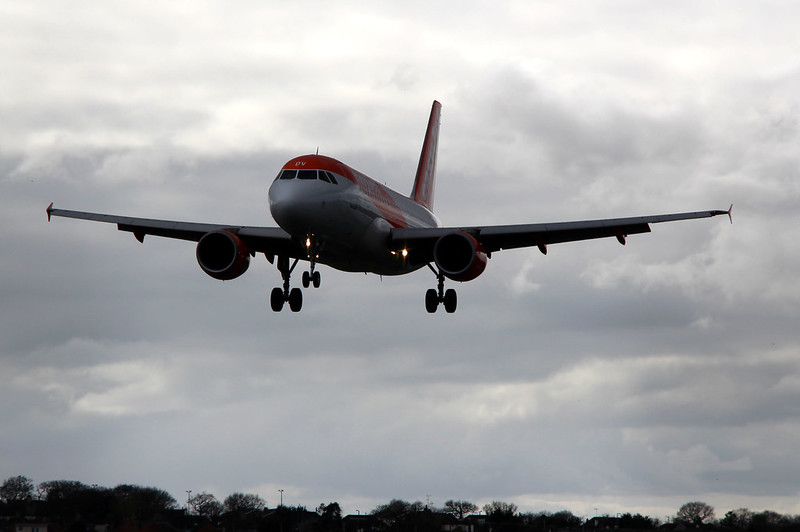
I recently came across a brilliant article that goes through genius ways of packing your clothing for the big trip overseas. This article is especially helpful for any person who is terrible packing like a few of my close friends who find it extremely hard to fit everything in that they need. Enjoy the read.
Packing Tips
Some travelers jam two weeks’ worth of gear in their bags for a long weekend of body transformation for that beach bod. Others pack a bit too lightly and forget important things like medicine or passports. Savvy travelers strike the perfect balance and bring just what they need, like people with plus size clothing – with a little help from our list of road-tested packing tips, of course!
Packing Methods
When packing your clothes, you don’t want to neatly fold them individually as you would in a dresser. If you do, they will crease when compressed. Here are a few alternatives:
Rolling Your Clothes
Backpackers swear by this method. Rolling works well with pants, skirts and sports shirts. Lay the item face down, fold back the sleeves and then roll from the bottom up. Trainer’s who travel and teach at personal trainer courses swear by this rule.
Fold Clothes Together
Take two or more garments, for example, trousers, and lay half of one pair on top of the other. Fold the one on the bottom over the pair on the top. Then take the other and fold it on the top. This gives each pair some cushion where you’ve folded it so it’s less likely to crease or wrinkle in the folds.
What Not to Pack
The Bundle Approach
This ingenious method of packing, which we learned from Judith Guilford, co-founder of the Easy Going travel store and author of the “The Packing Book,” has now become our favorite. It’s a bit difficult to explain without a demonstration, but we’ll do our best. You need luggage that opens up and lays flat to do this. You will also need a flat, soft, pouch-like rectangular “core” with dimensions that are at least 1/2 to 3/4 the size of your luggage compartment. This can be a pouch filled with underwear or something similar.
Start with your sports jacket or the longest, most wrinkle-prone item you have. With the collar or waistband flat, place it against the bottom edge of the bag and drape the rest of the garment over the opposite side of the bag. Take another garment and place it in the opposite direction, flattening and smoothing out both garments in the bag and draping the remainder over the side. If you have trousers or other narrow items, do the same with them in the narrow direction of the bag. Keep alternating your items, ending up with the most wrinkle-resistant clothes you have.
When you finish, place your “core” in the middle. Now you’re going to start folding the garments over the core and each other in the reverse order you put them in. If you fold something over and there’s excess draping over the sides of the bag, tuck it underneath the bundle you are creating.
What you will end up with is a bundle of all of your clothes that looks like a pillow. You can pick it up in one piece. It’s compactly packed and doesn’t waste an available space in your luggage. Plus, because of the way things are folded, your clothes will wrinkle less.
To find something in the bundle, lay it flat and unwrap until you reach the layer you want. Take the item out and refold the remainder. If done properly each layer should result in a self-contained bundle at each layer.
Interactive Packing List
Tissue Paper
For delicate items, try tissue paper Lay the item face down and place tissue paper on top. Fold it up with the tissue paper inside. Use additional layers of paper as you fold the garment so it is completely wrapped in and around paper. This is easy enough the first time you pack, but becomes a pain if you have to keep repacking. We only use this approach for evening clothes that we don’t want to crush.
Tips for Air Travelers
You may not pack liquid or gel substances in your carry-on unless they are in individual containers of 3.4 ounces or less and enclosed in one clear, quart-size, plastic, zip-top bag per passenger. Any larger containers of liquids and gels must be packed in your checked luggage. For more information, see Airport Security Q&A.
Be aware of restrictions on the size and number of bags you may bring onto your flight. Many airlines now charge a fee for every checked bag or have lowered the maximum permitted weight limits for checked luggage.
Do not lock your checked bags except with TSA-approved locks; otherwise, if your bag is selected for random screening, agents will have to break the lock to get inside.
Do not overpack your bag. Screeners will have a difficult time closing your luggage if selected for inspection, which will only lead to wrinkles and the potential for lost articles.
Carry all film with you on-board, as screening equipment for checked luggage can damage undeveloped film.
Place any packed belongings like your plus size evening wear you don’t feel comfortable with strangers handling in clear plastic bags.
Do not stack books and other documents on top of each other; instead, spread them out throughout your bag.
For the full article please visit the below link: https://www.independenttraveler.com/travel-tips/packing-and-accessories/packing-tips